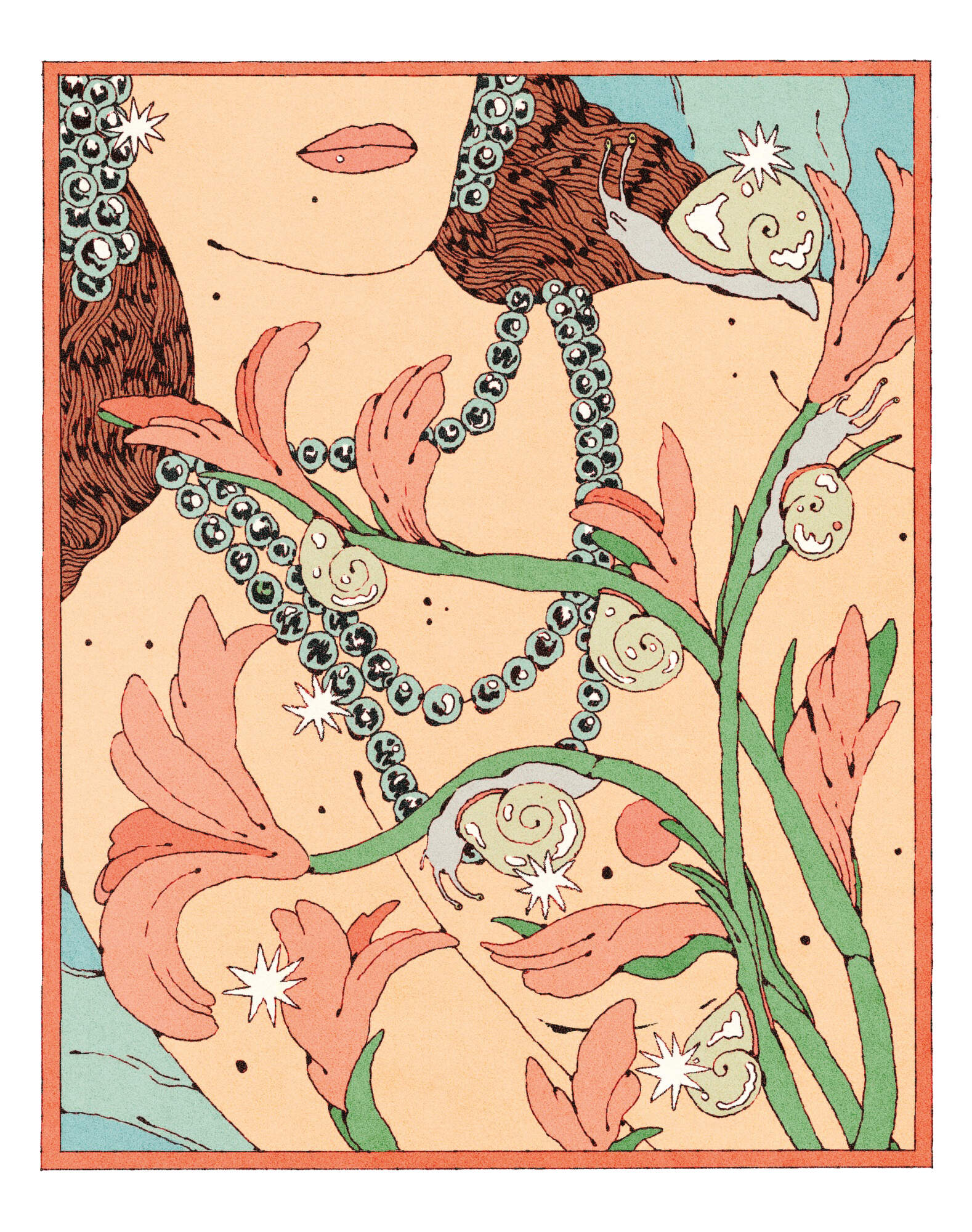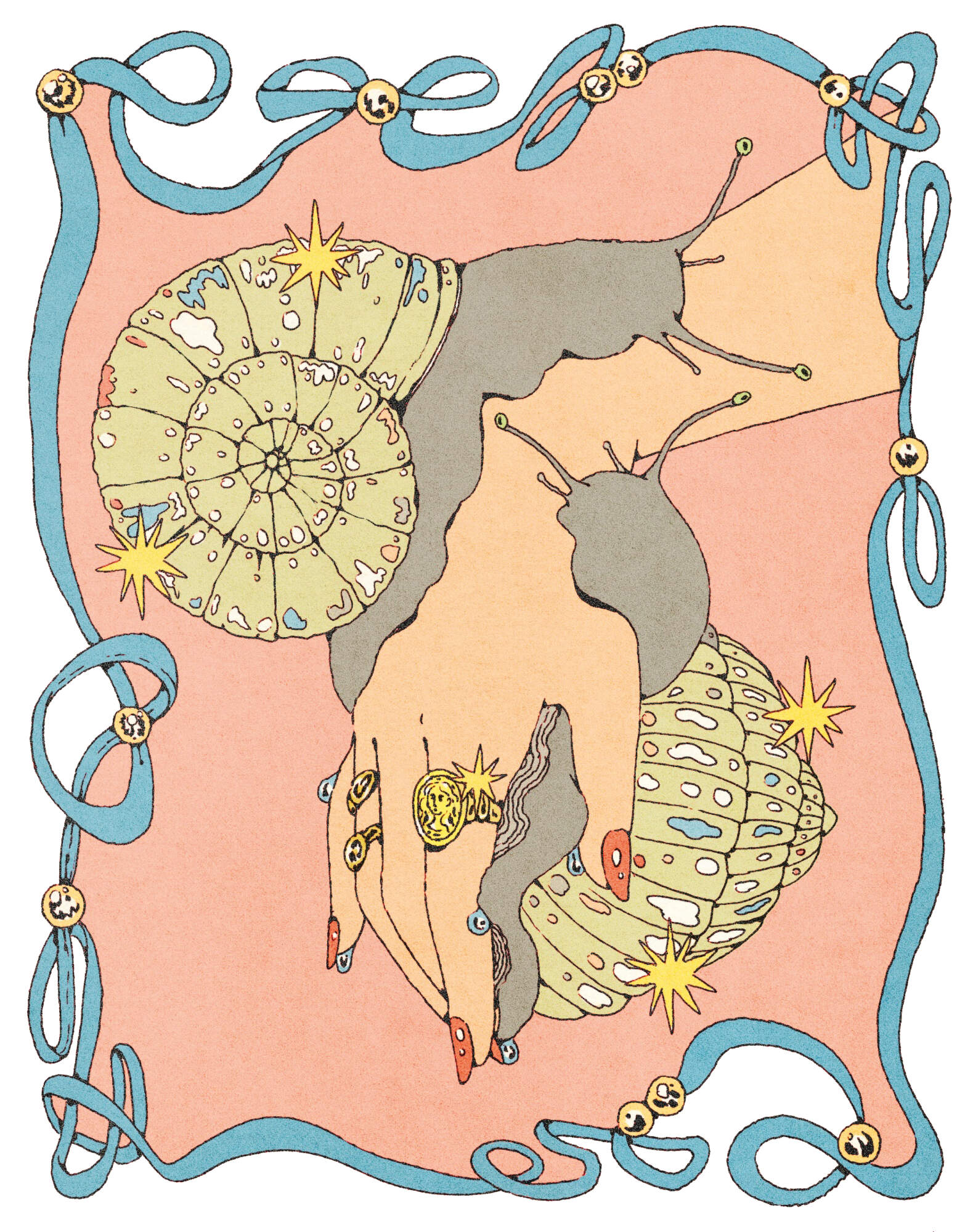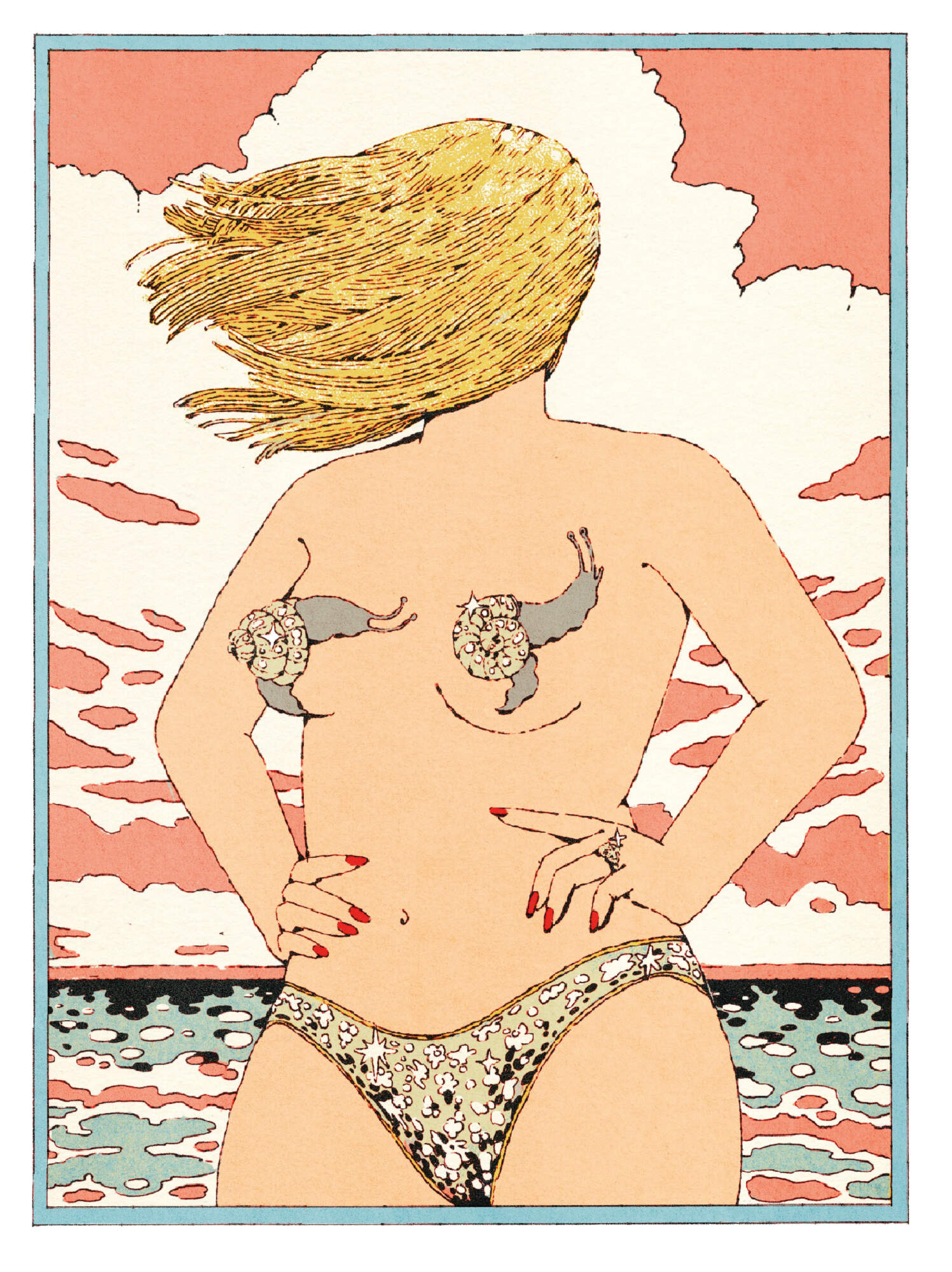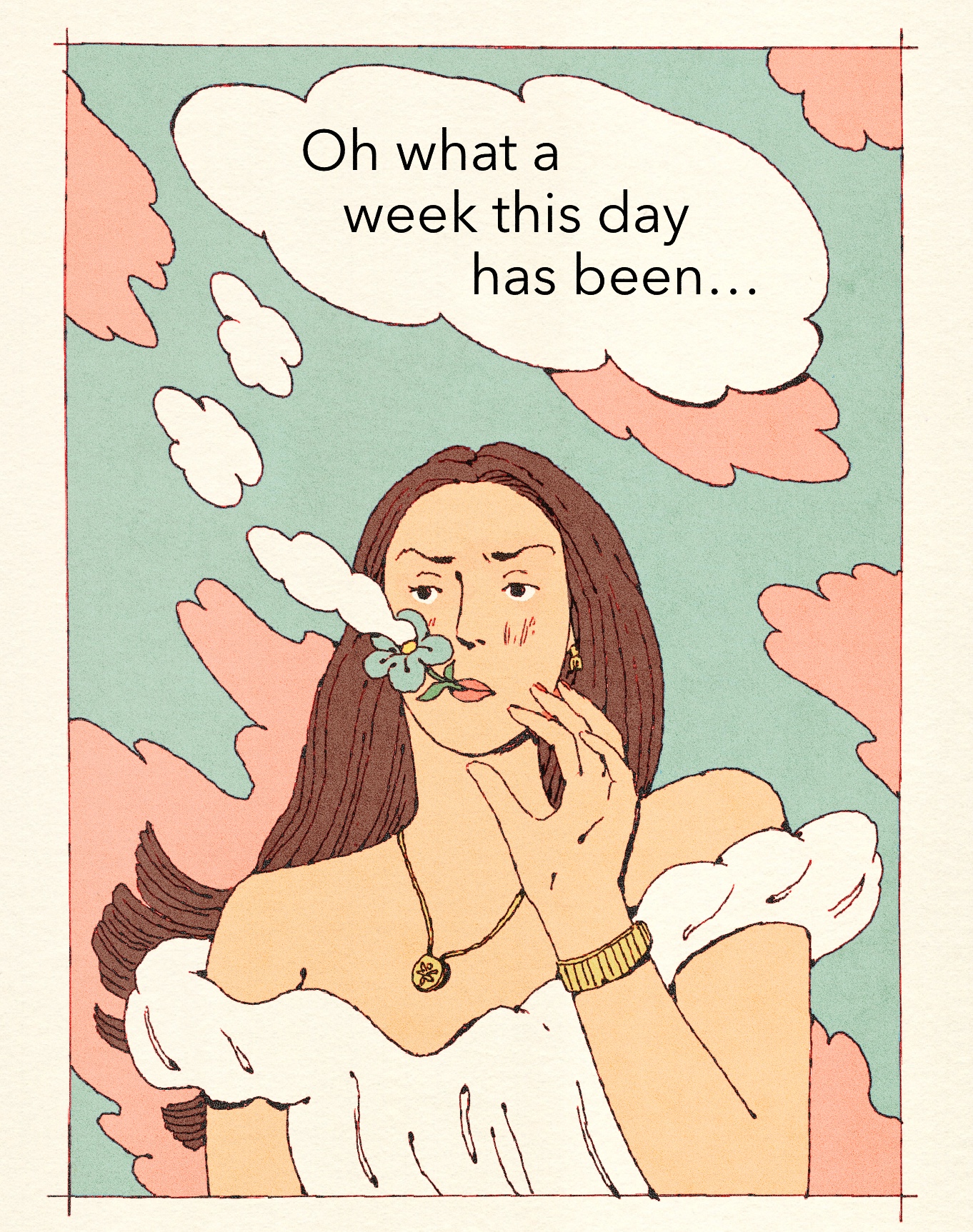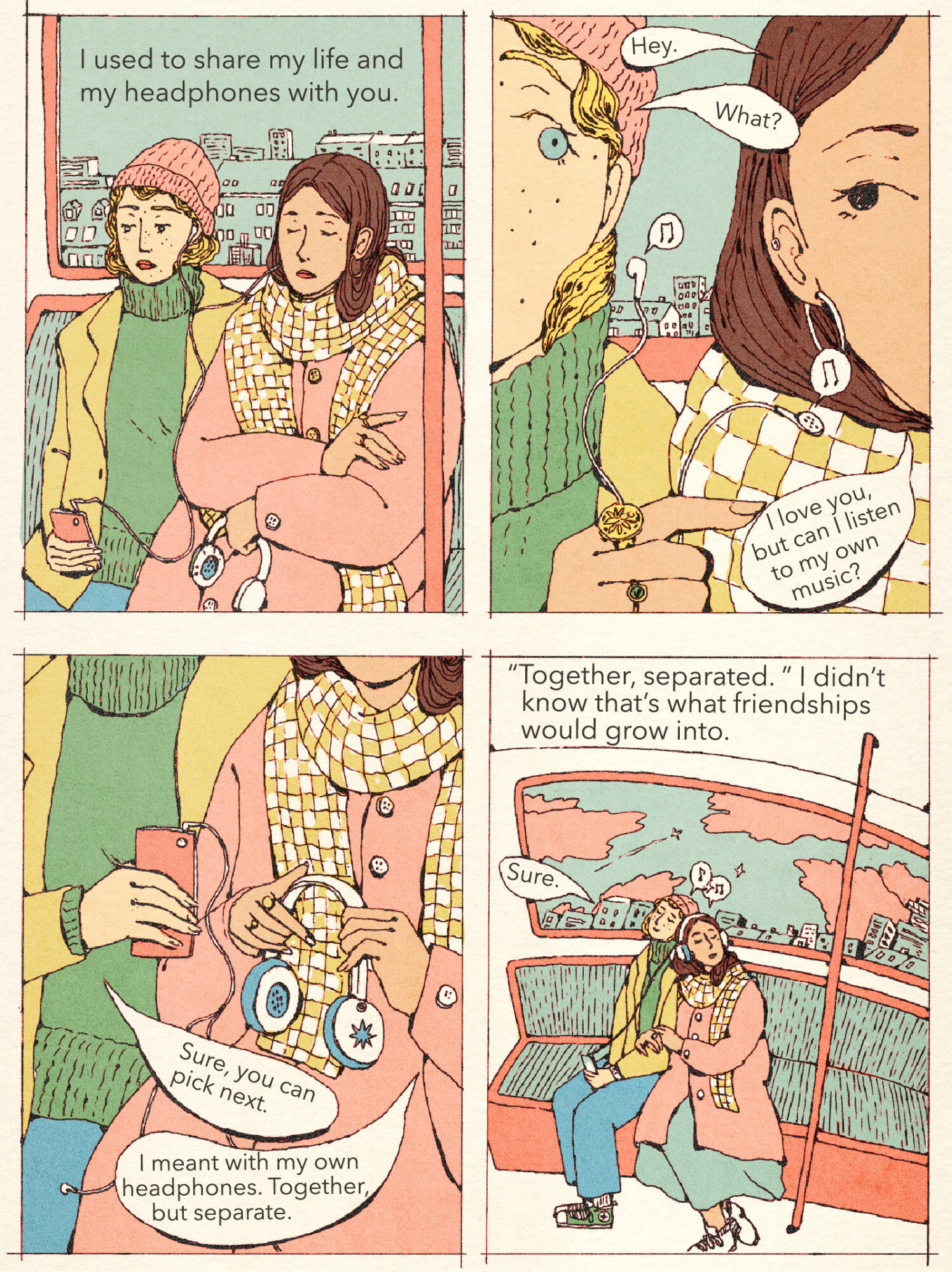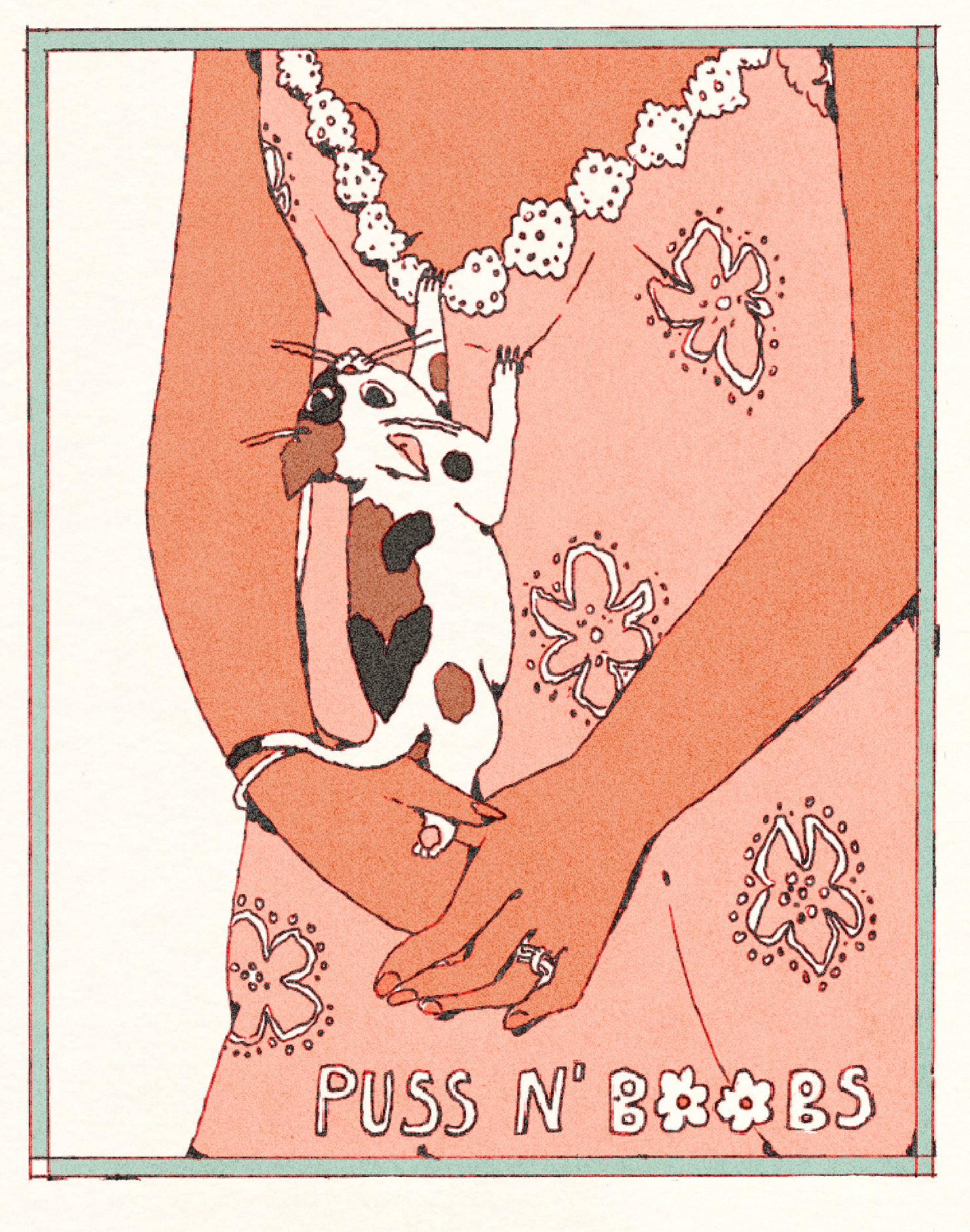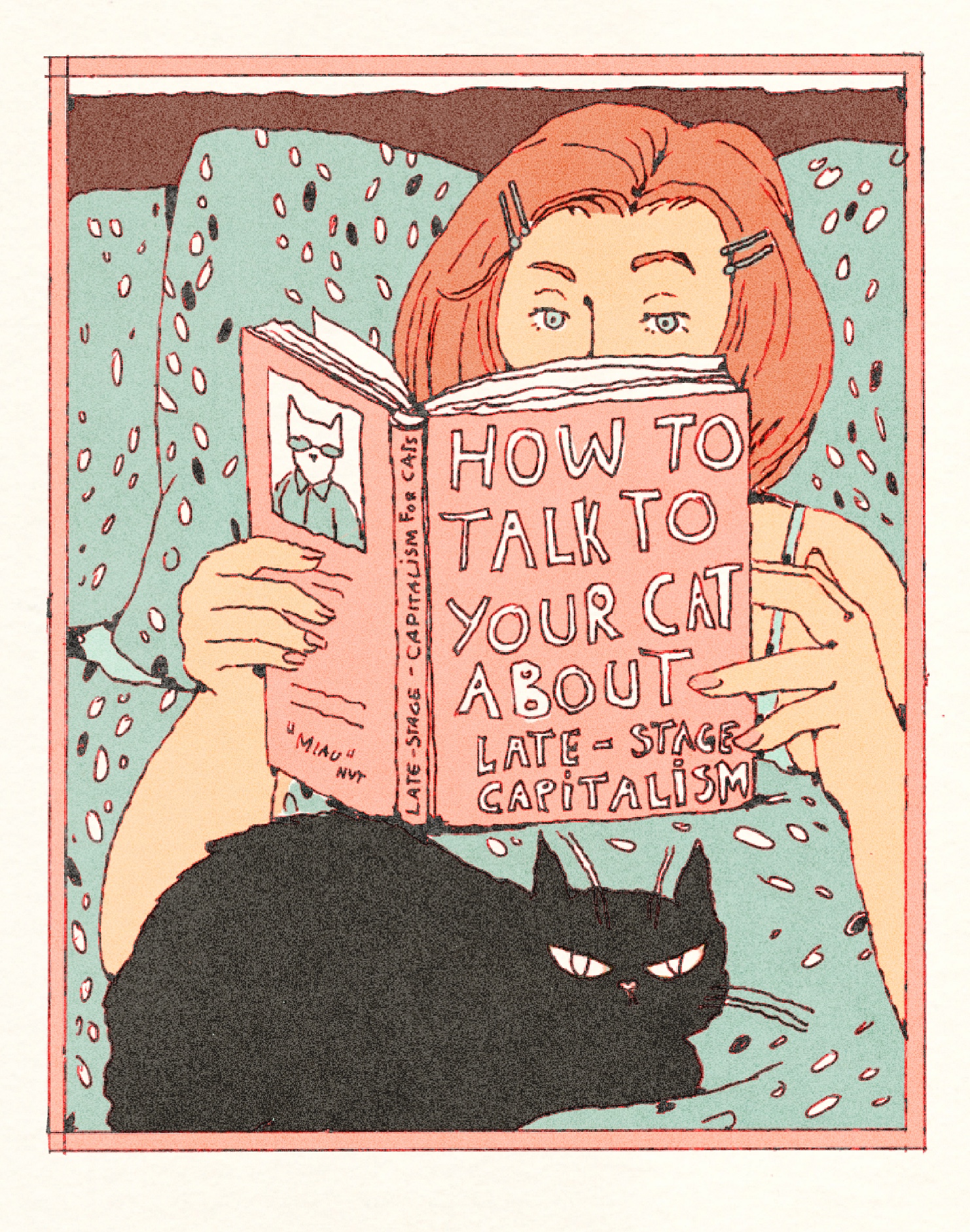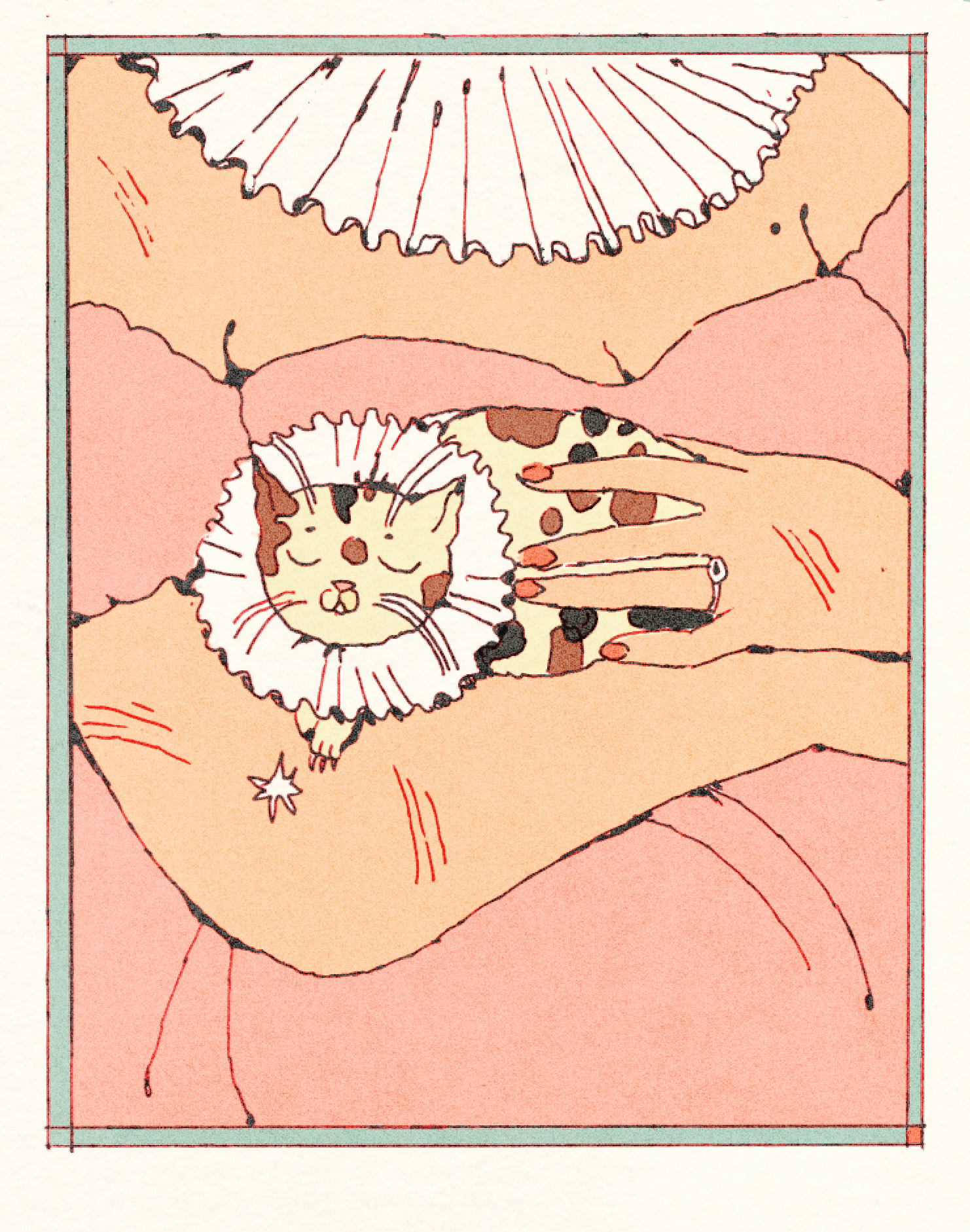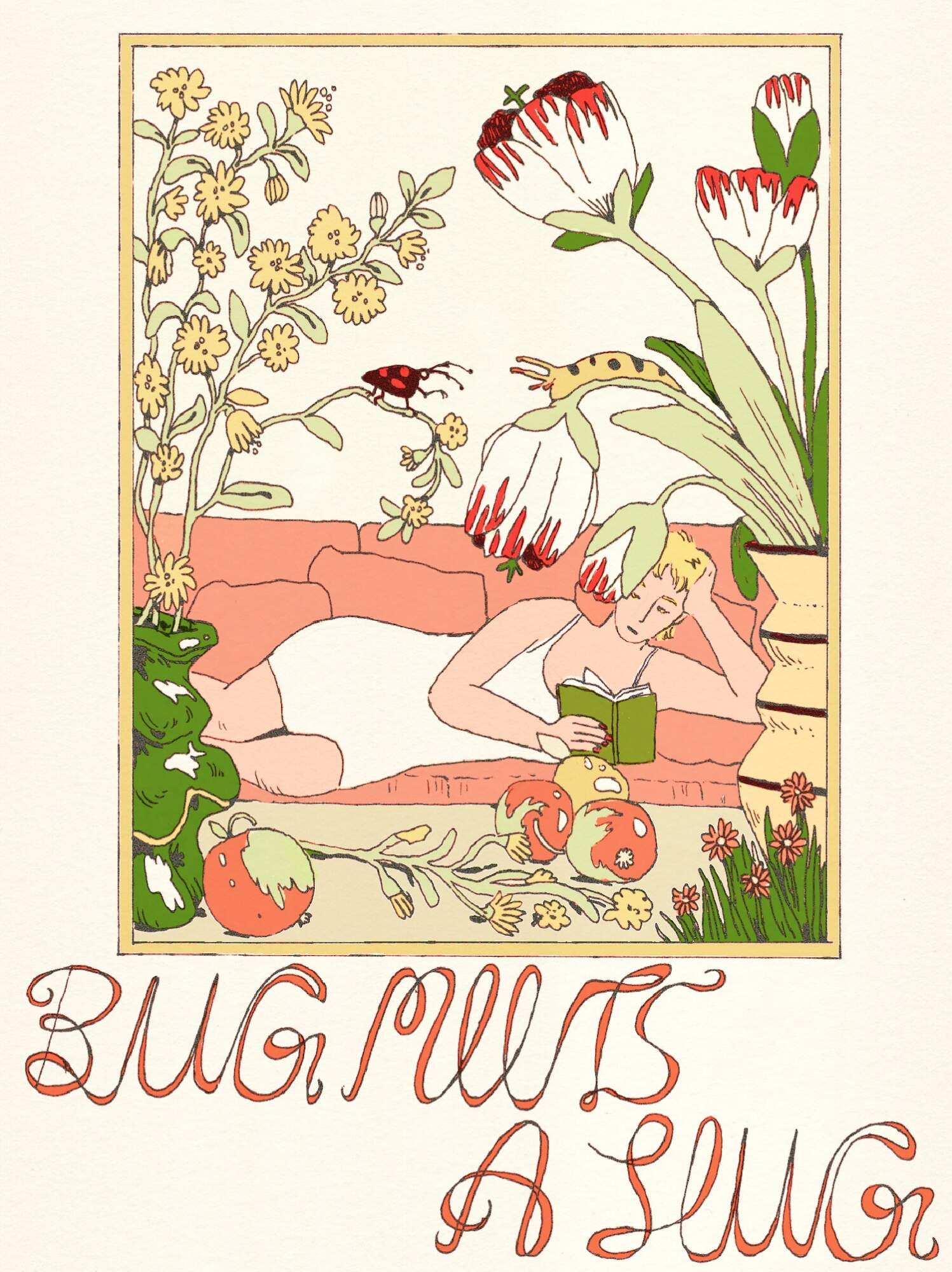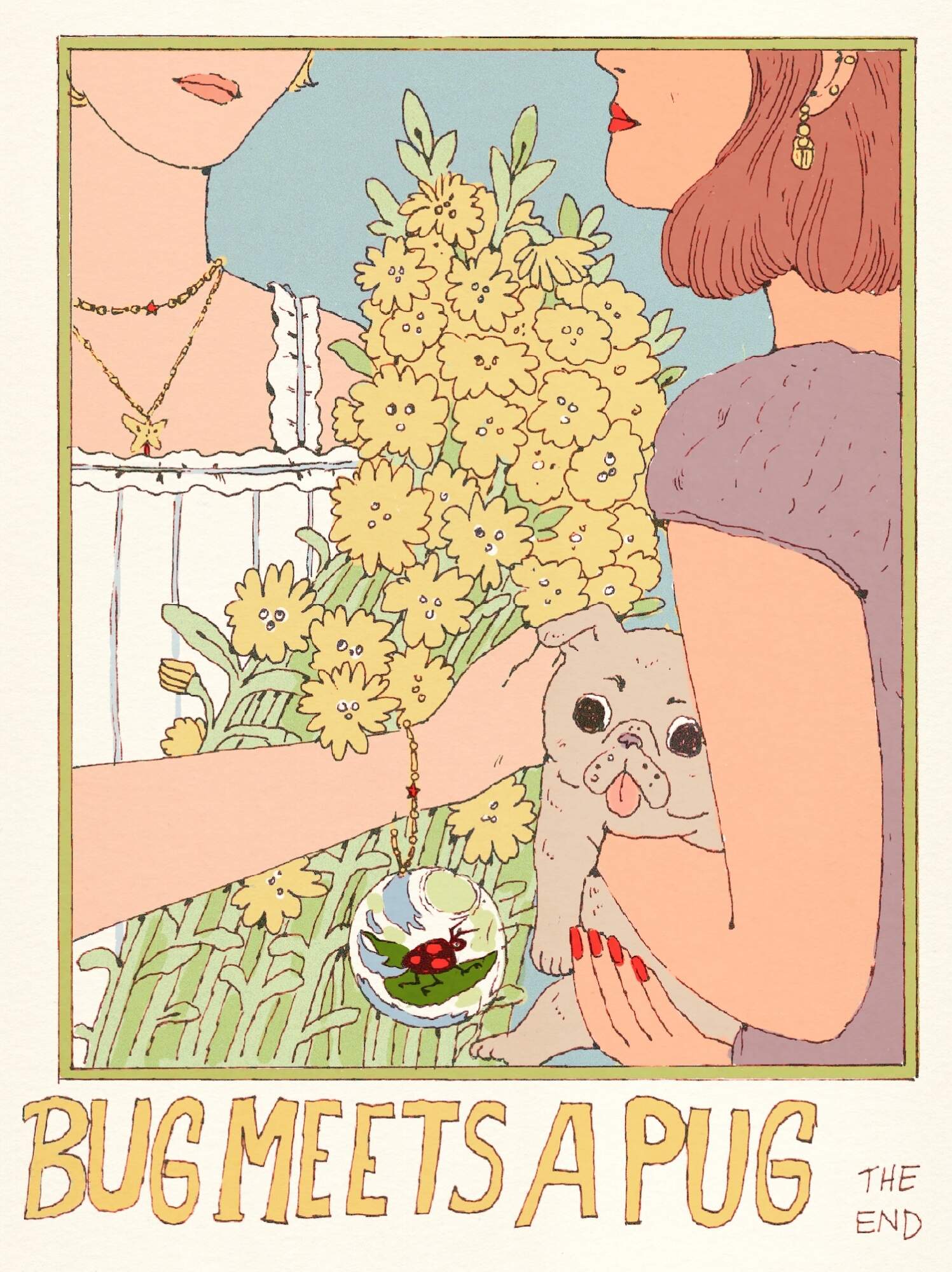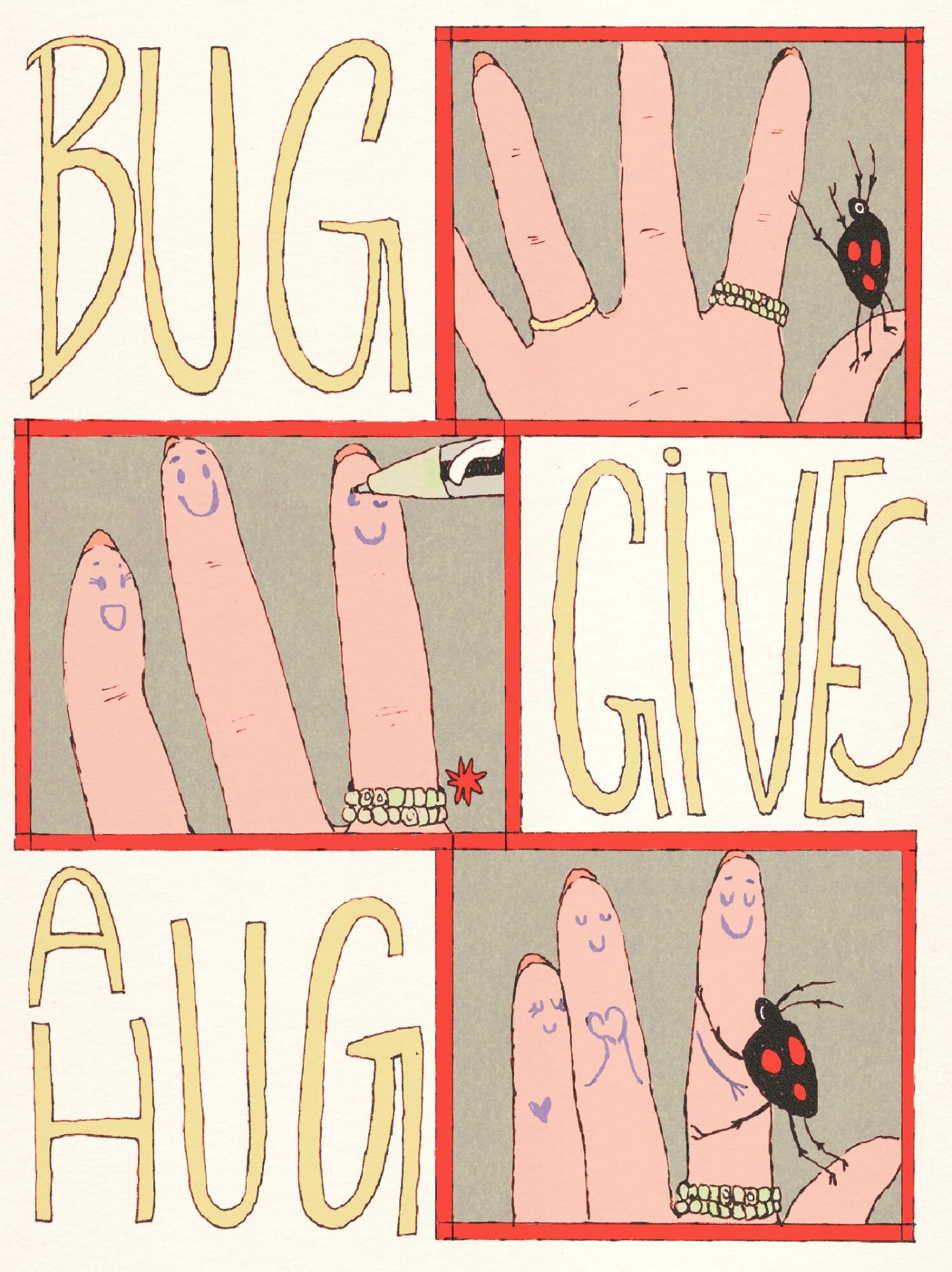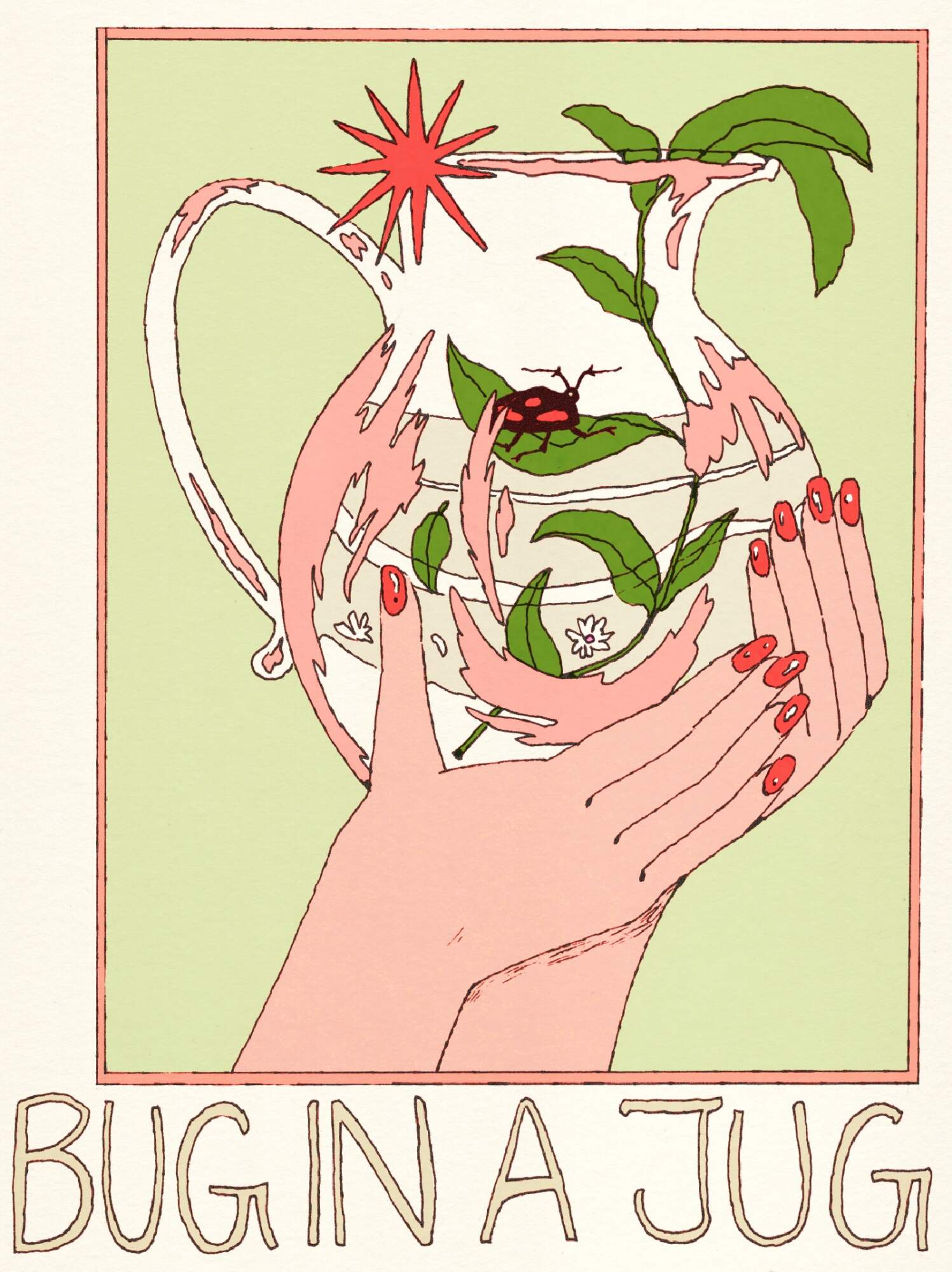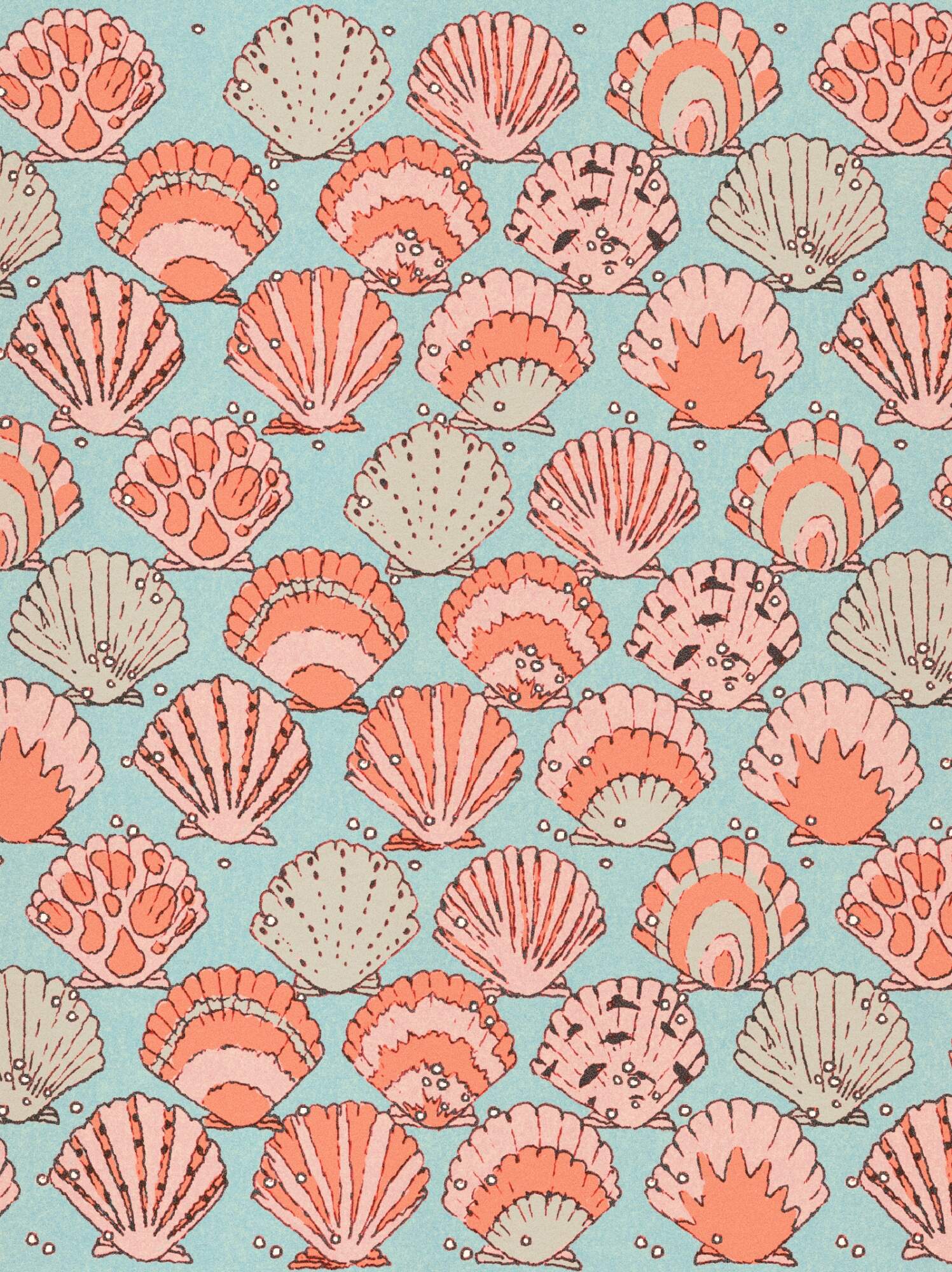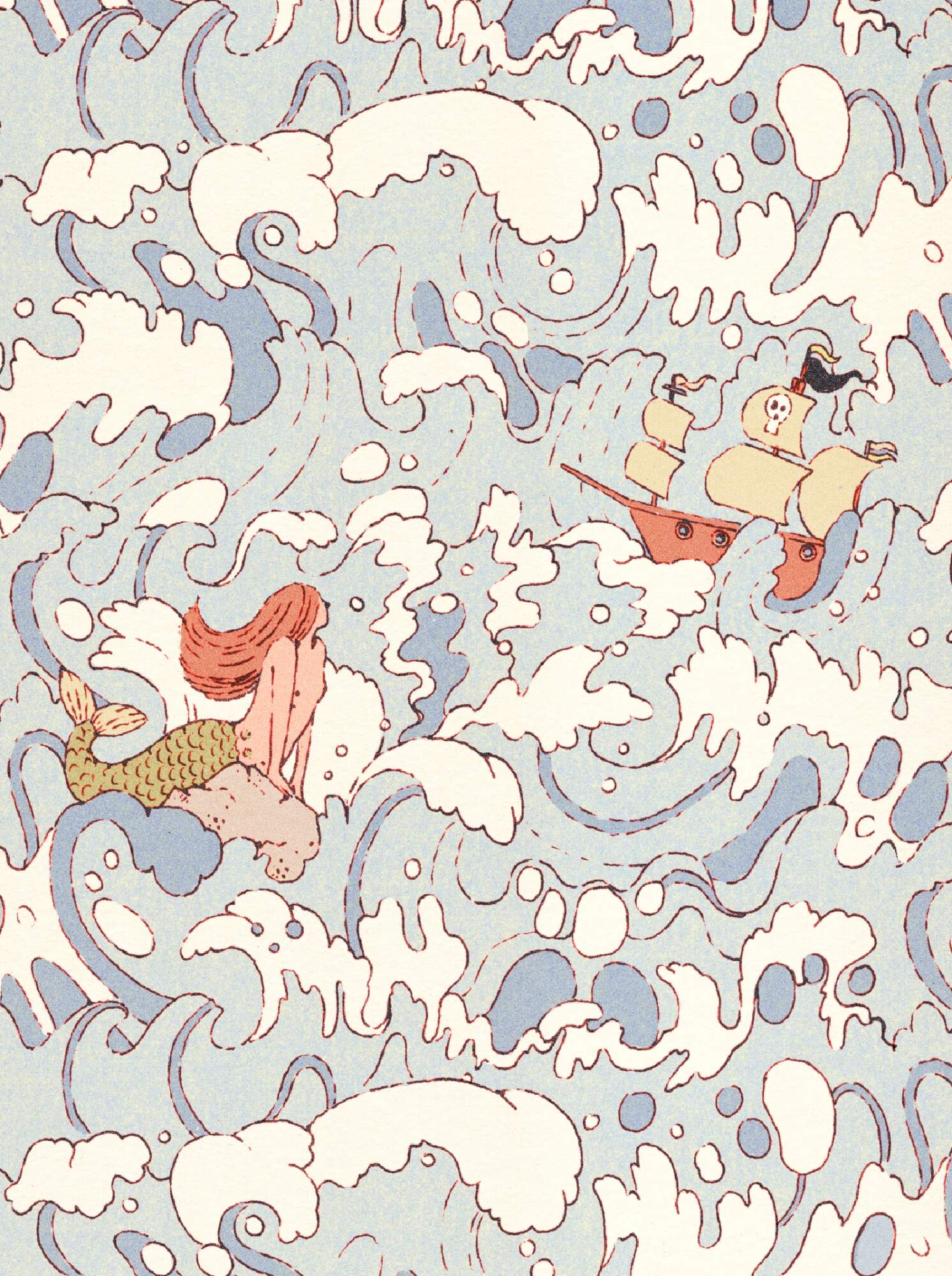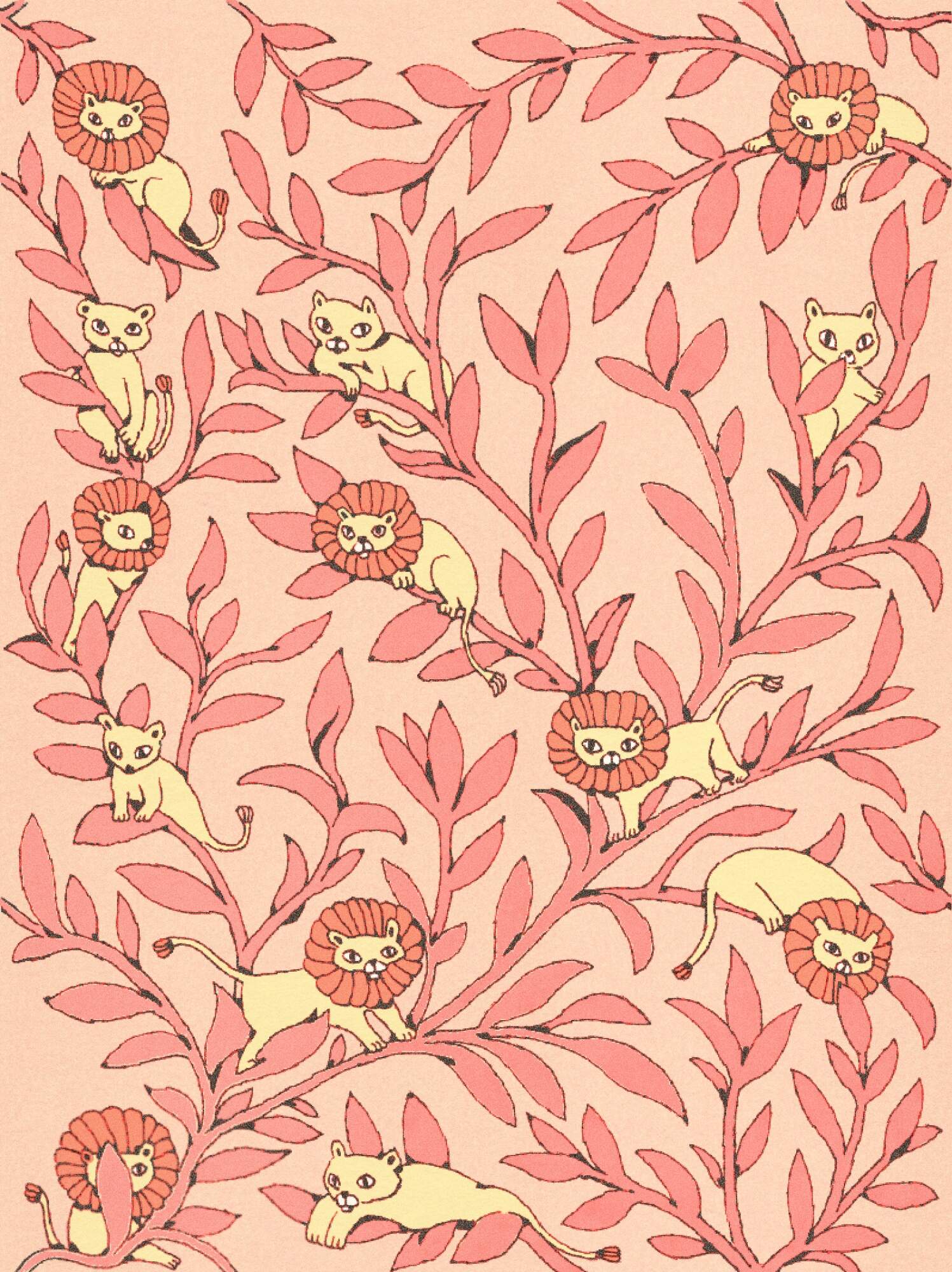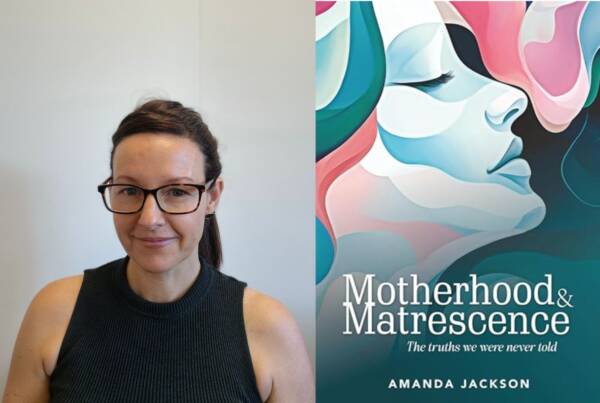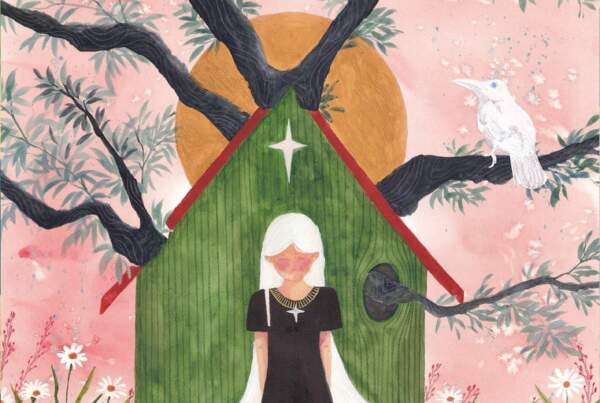Interview of Simone Goder by Freya Bennett
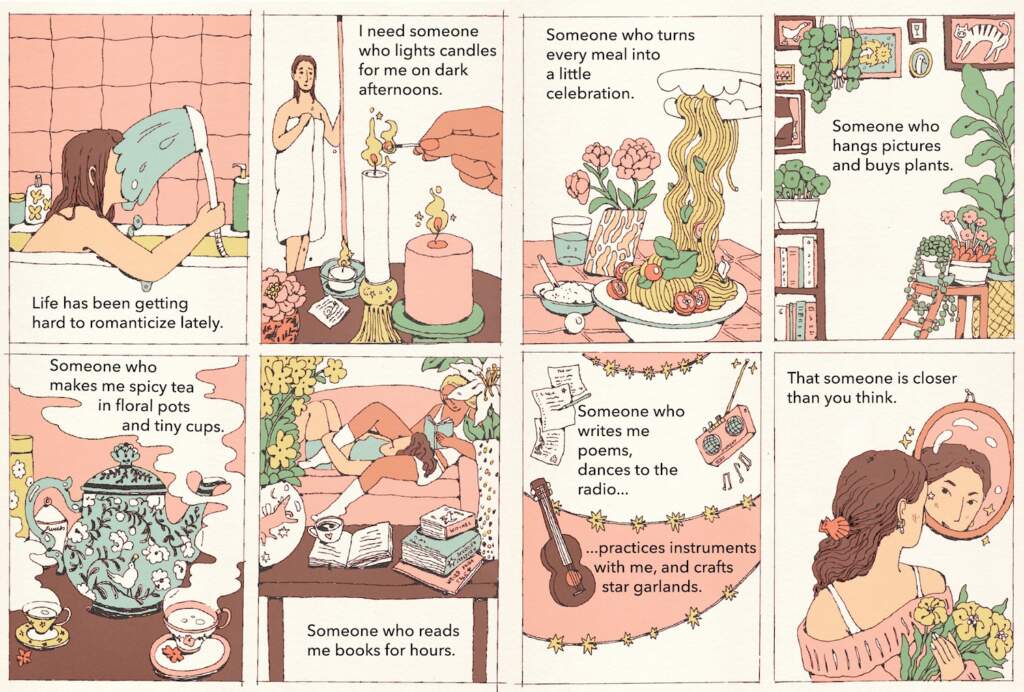 You’ve been drawing since the age of five. What early experiences or influences sparked your passion for illustration?
You’ve been drawing since the age of five. What early experiences or influences sparked your passion for illustration?
I’ve always had a passion for stories, and before I could even write, I was already drawing my imagination onto paper. Those first drawings were my way of telling stories. The praise I received encouraged me to keep going, and in second grade my elementary teacher noticed my paintings. She gave me opportunities to deepen my interest and gently prepared my parents for the idea that I might not study economics, but art. My love for books also shaped me: I always knew I wanted my drawings to be alongside the printed word.
Your work combines analog pen with digital colors to create soft, human-centered narratives. Can you walk us through your typical creative process from concept to completion?
Everything begins in my sketchbooks, where I collect both visual and written ideas. Some wait patiently; others come to life immediately. Lately, I’ve been writing and drawing small 4-8 panel comics. For those, I start with a short text, which I break into sections. Then I create tiny thumbnail sketches for each panel, searching for the right rhythm and composition.
When I’m happy, I draw the final version with my Muji 0.38 pen (unpaid ad: there’s truly no other pen for me). I scan the finished drawings and color them on my iPad. Since I used to get lost in endless color choices, I now restrict myself to a very limited palette. Finally, I add the text…et voilà.
Having studied in Hamburg and now based in Paris, how have these diverse environments shaped your artistic style and themes?
Absolutely. Paris is an incredibly artistic and beautiful city, and one of the first things I noticed was its deep love for comics. They are everywhere: on buildings, in magazines, in every bookshop and there are more comic shops than I had ever seen before. They also help me a lot with learning French. It was here that I began writing little comics myself, and suddenly people took notice. My Instagram is growing quickly now, after having been, let’s say, rather modest before. It seems people enjoy that I am not only speaking through my images, but also alongside them.
In an age dominated by digital tools, you choose traditional materials. What draws you to your pen, and how do they contribute to the warmth and intimacy of your illustrations?
Before moving to Paris, I worked in less creative jobs. During that time, I realized that whenever I sketched purely for fun, I always reached for my Muji pen. It felt simple, unpretentious, and joyful. For a long time, I believed my work had to be painful or time-consuming to be valuable. But eventually I understood that my drawings could be just as good, just as meaningful, even when they came from ease and play. One of my fellow students in illustration once called this fast and joyful way of drawing “accidentally perfect.” I often think of that now when I draw.
You’ve illustrated for various publications and books. How do you approach collaborating with authors and editors to visually interpret their narratives?
I love working with other people’s visions. It expands my own practice when I can bring their ideas to life, and I hope my perspective enriches theirs. Ideally, the result is something greater than what either of us could have created alone. When it comes to balancing text and image, I see them as complementary as well, they should fill the spaces where the other cannot reach.
What upcoming projects or themes are you excited to explore in your future work?
I’m deeply grateful for the recent attention my little comics have received. They allow me to explore everyday thoughts about loneliness, self-love and relationships. It moves me to know that the tune of these reflections resonate with others and brings comfort. I want to continue following this path, to see where these small, intimate stories will lead me.

